So you are at the grocery store, maybe a specialty market, or even the Sunday farmers market and you see a pile of small, spiky, reddish, pink, or brown orbs, and you think to yourself, what in the world are these? Chances are these exoctic fruits are nephelium lappaceum, otherwise known as the fruit from rambutan trees. Not a super common fruit, but also not so uncommon that you won’t be able to find the dark red fresh fruit.
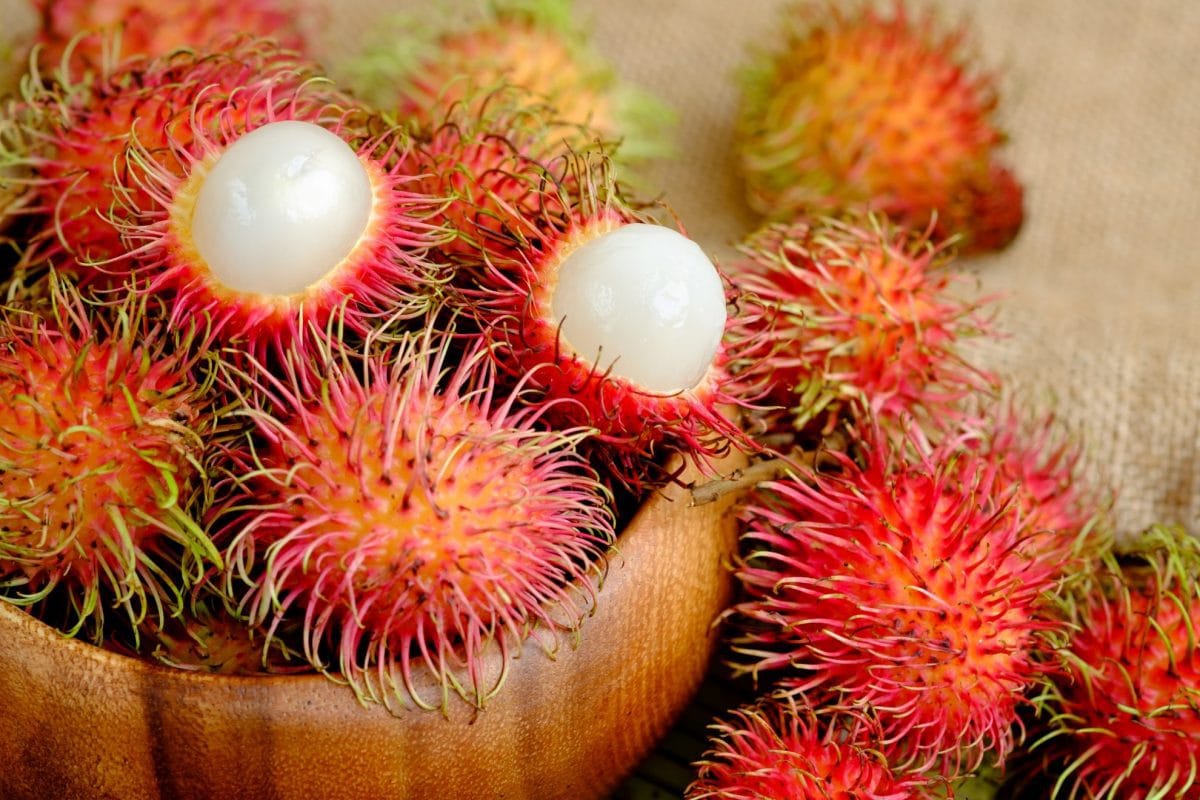
In all honesty, they look like something out of a Pixar movie, but lucky for you, these soft spines little fruits are an absolute delight and you should 100% grab yourself some.
What Is Rambutan?
Simply put, rambutans are exotic fruits, as well as the name of the tree, said fruit grows on. No surprise here, it thrives in tropical areas and is native to Southeast Asia and other tropical countries.
The tree and the fruit are closely related to the lychee, longan, and other fruits of similar structure and size. They are popular snacks in other parts of the world and are becoming increasingly common here in the United States.
The spiky outer shell may seem intimidating, but once you pick one up, you will realize it is not sharp at all and the texture of it is more hairlike than anything else, along with a large seed center and white flesh with a sweet flavor.
In terms of the flavor of rambutans, this one is hard to pin down. Think of it as subtlety sweet and sour with some floral notes. You can find it in ice creams and other desserts or just etan alone, as many Asian fruit is. The rambutan peel can also be used as garnish, but is not suitable for eating.
How Do I Eat Rambutan?
Eating fresh rambutan fruit is simple and similar to eating lychee or longan fruits, if you are familiar with it. The goal here is to break through that wild exterior to reveal the delicately textured and flavored flesh. A tasty fruit with a spiky red shell! LOL.
You can use your nail, a small paring knife, or your teeth (if you are feeling bold) to break through the outside. Then all you need to do is peel away that shell reminiscent of a sci-fi movie character.
What you are left with is a tender flesh that can be eaten in one or two bites. Be careful though as there is a hard black seed in the center of that flesh.
How Do I Cook With Rambutan?
Because of the rambutan’s unique flavor profile and gorgeous texture, it is often eaten on its own as a snack. That said, it can pair really well as part of a fruit salad or with other fruits on a plate.
You can soak them in cooled and flavored syrups – mint goes well! They are also great to include in cocktails like mojitos and martinis.
Health Benefits of Rambutan
They boast a host of things that are great for you in terms of health benefits including but not limited to potassium, folate, and Vitamin C.
They are also thought to boost your immune system and digestive health as well as lower your risk of cancer. Many also link them to weight loss and skin health and helping to correct free radicals
What Can I Substitute for Rambutan?
Rambutan is a unique fruit in terms of flavor and texture, so if you can’t find it, sticking within its close relatives is probably your best bet. Longan or lychee fruit are both closely related and can be used to substitute rambutan if you are coming up short at your stores.
How Do I Store Rambutan?
This fruit is a bit fickle and fresh rambutans don’t last long off the tree or after it has ripe end. Keep it on your counter for 1-2 days max for optimal flavor.
After that, store rambutans in the fridge in a plastic bag to prevent moisture loss. They are best enjoyed at room temperature, so take it out and place it on the counter to come up a few temperature notches.
After cutting, they will lose their shelf life fast. Wrap in a paper towel to keep high humidity in its little cove.
More Tropical Fruits to Explore
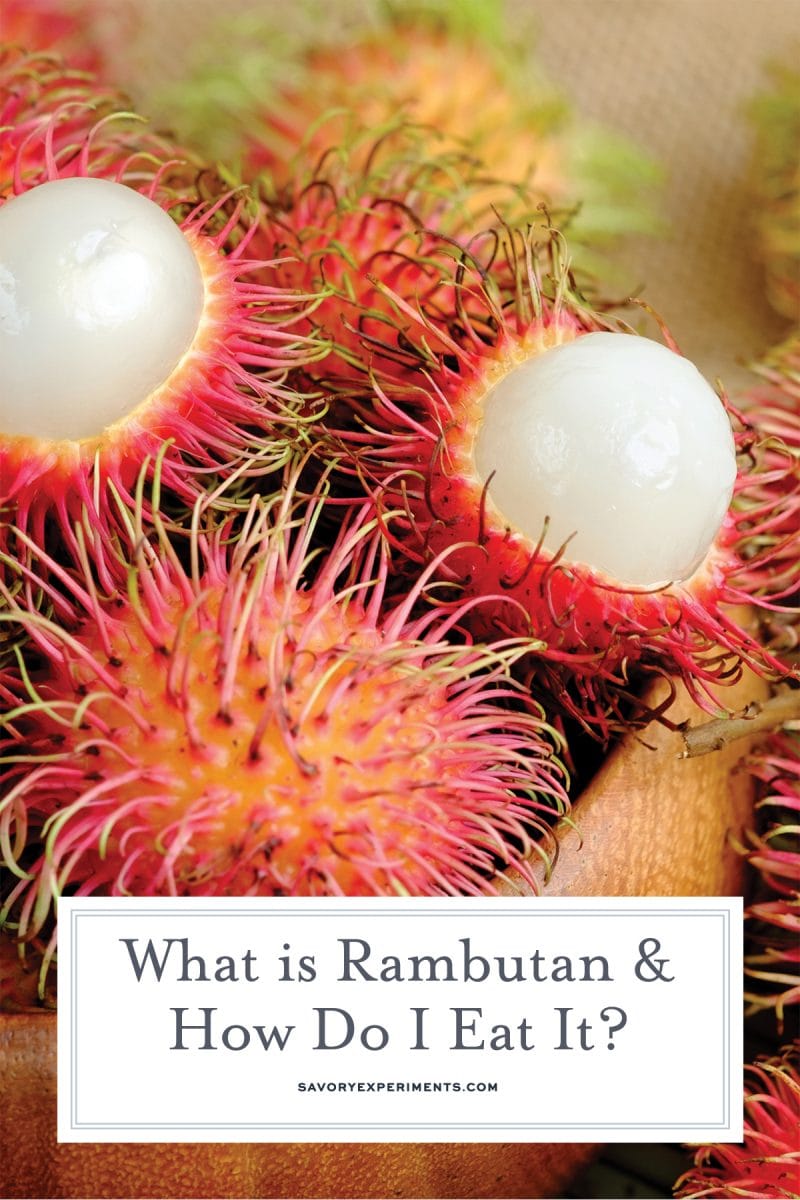
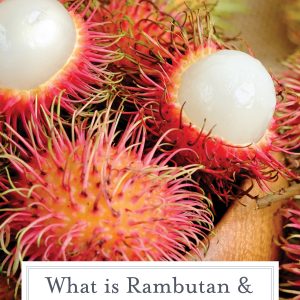

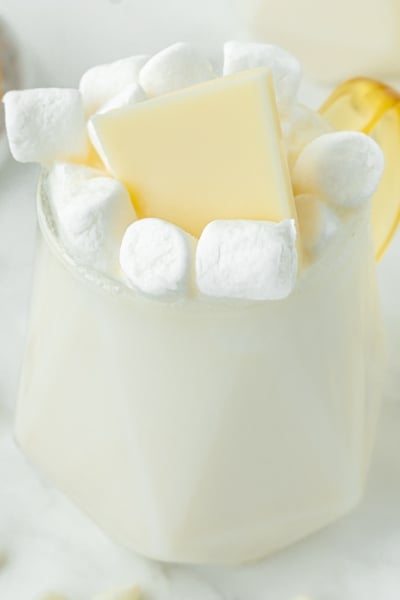
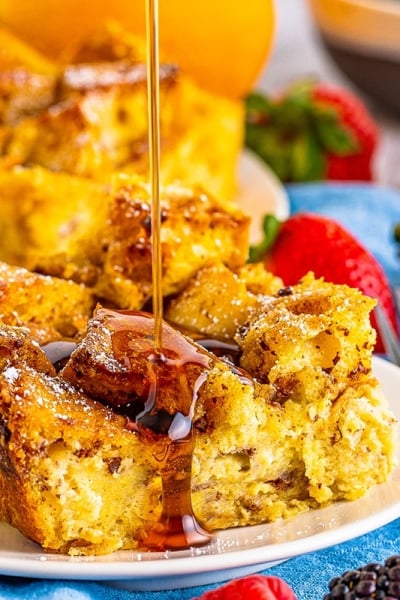

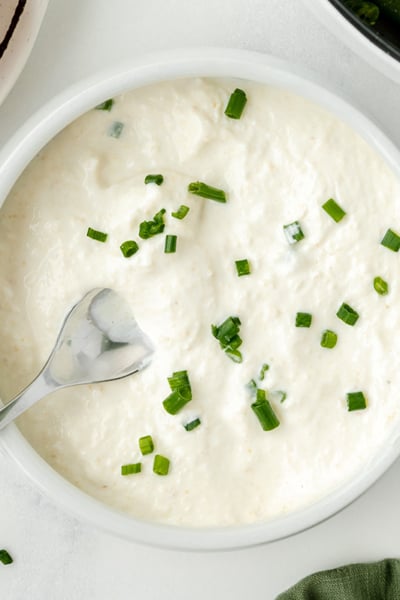
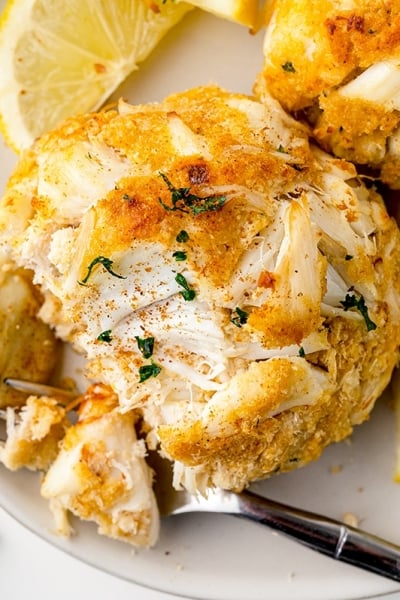
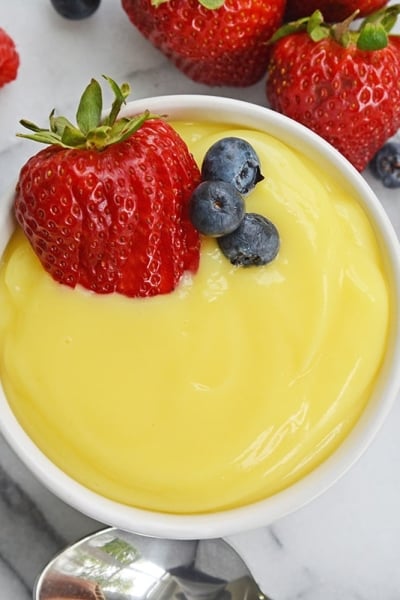
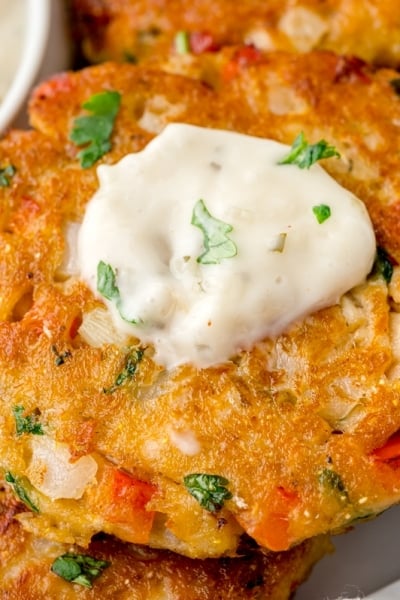
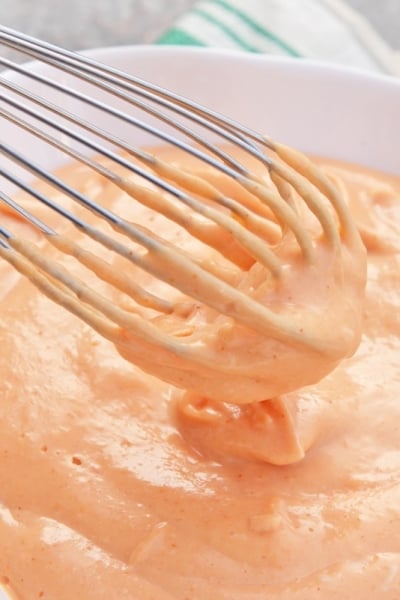
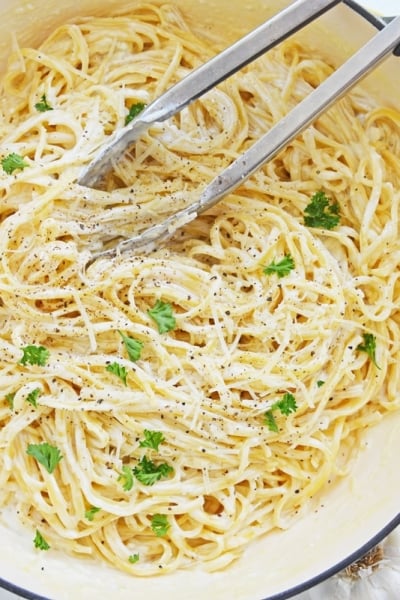
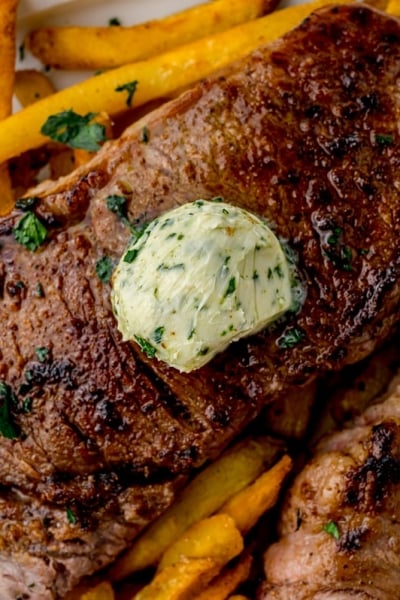







Thank you, Jessica. My Vietnamese hair dresser shared two of these with me, and I am so happy to learn about them from you.
I hope you enjoy them!